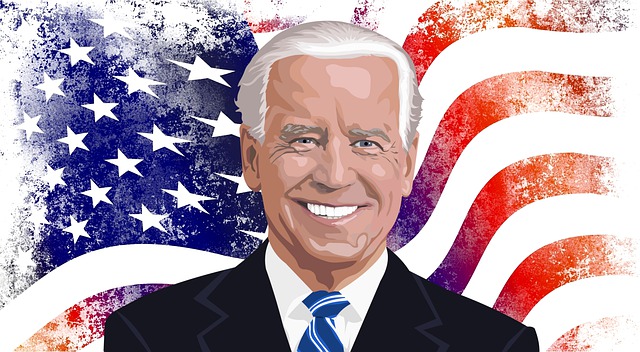On 20th January 2021, former Vice President Joe Biden took over the top office in the United States. For years to follow, the nominations for federal office may influence crypto strategy in the world. And again, Congress, as well as the president, is controlled by the same major political party, which means a united economic and financial policy can be enforced.
Within last week, BITCOIN prices have varied, and now the leadership of Joe Biden may lead to a decline, reports claim.
Mr. Biden who is inaugurated as US President, leaving policymakers to ponder on how the market and businesses can be changed under his new agenda.
Given Gary Gensler’s continuing and profound involvement in technology, Securities and Trading is good news for the crypto community.
Why it makes a difference: While, under Trump-era President Jay Clayton, the SEC has shared several of its thoughts by policy actions, etc., this same industry has already been longing for a more legislative clarification.
A majority of plans to create policy changes on the first day are already applicable to the new administration. ABC News is reporting that Biden would implement a reaching transformation of U.S. policy through a handful of executive orders, presidential memoranda, as well as other authorized regulations continuing in the first week of his tenure.
Fintech and crypto, if it came to immediate action, will not be at the top of the list of Biden administration. The Biden presidency, furthermore, is projected to make all sorts of substantial policy decisions for the United States beyond the first day, first week, as well as first year in office.
COVID has brought a radical approach towards the digital transformation of the whole financial world.
As quarantine measures were put, the use of money fell significantly in the United States and overseas; financial companies that had provided in-person services were driven to expand their online business processes much more.
Perhaps this is part of the reason why Bitcoin managed to smash through its previous all-time high year of the pandemic, gathering incredible international recognition then use.
In fact, 2021 has been the ‘Defi year’ term, wherein the decentralized financial environment made massive improvements for its advancement while using.
One of the strongest influences of the Biden presidency may come through regulations that are not particularly applicable to cryptocurrency or anything, so far as the major effects on a crypto world are involved. The United States may not be willing to create a ‘virtual currency’ quite yet, given all of this. A set of rules will be introduced by Financial Crimes Enforcement Network (FinCEN) to take crypto activities within the strict investigation.
It is a wait-and-watch game, what Biden’s Era will unfold for the crypto economy.
Also read:Calculating the Crypto Revolution- 2021
